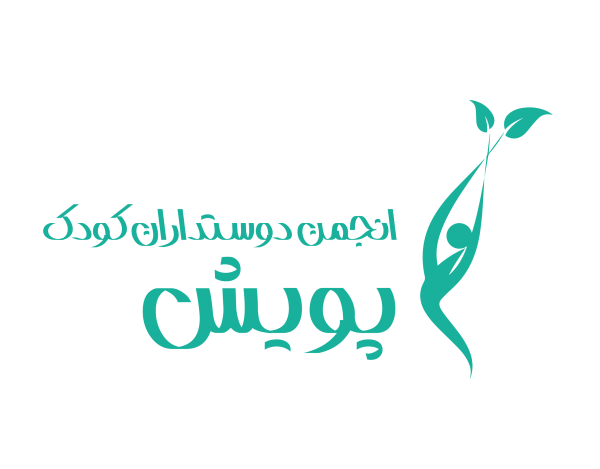We all have the experience of searching our name on Google and waiting for ridiculous results or finally getting acquainted with famous names or similar user accounts. Ricker Wixom repeated the same experience, but after searching his name on Google, he faced photos and videos from his childhood. Pictures of Ryker’s daily life, playing and family relationships to promote commercial products. World images that sold the moments of Ryker’s life to the cameras without his permission.
“Child labor” is a familiar term and a more familiar experience at intersections, subways, and sidewalks that we pass by with concern and regret every day. It may be hard to believe that we sent approvals to child employers several times a day, or that we watched the child exploitation process with a smile and joy. According to the International Labor Organization, the term “child labor” is often defined as something that destroys a child’s talent and dignity and is detrimental to their physical and mental development. The growing variety of images of children on social media tells the story of children’s times that are auctioned off on virtual pages and displayed independently of children and sometimes without regard for their self-esteem in special, like semi-nude situations. These images are examples of “child labor” and may be contrary to the wishes of children in adulthood, which, under Article 16 of the 1989 International Convention on the Rights of the Child, allow children to sue their parents.
Today, more than before, the preview of children on social networks in two forms of showing everyday life and modeling has become more common. Showing a child in normal daily situations, while providing similar experiences and connectivity, has consequently more followers, which Crystal Abdin uses the term “regulated inexperience” to describe this situation.
On the one hand, the “regulated inexperience” requires access to children’s information and privacy, and on the other hand, the displayed image requires the arrangement of the scene and the main actor – the child. A process that deprives children of childhood by abusing their dependence and flexibility and appropriate to the parents’ goals as an employer. The second images display luxuries that are mainly put children in a model position. Influenced by adult influencers, this style separates the child from normal living conditions and puts the child in front of the camera with heavy make-up, adult-style clothes, unusual and unreasonable behavior, and expression. An image that displays children as a doll without considering the child’s skills and talents, and in some cases, distorts the child’s self-esteem. In any case, against the wishes of the child and sometimes without considering his interest and talent, a picture of him\her is shown and it becomes famous that if he\she does not like his\her taste in adulthood, it will cause a lot of physical and mental harm.
It can be said that the constant work of children in front of social media cameras is no less harmful than the pleas of a child selling flowers at the crossroads, and our likes are also a part of destroying the innocence of these children.
Written by: Maryam Momenzade
